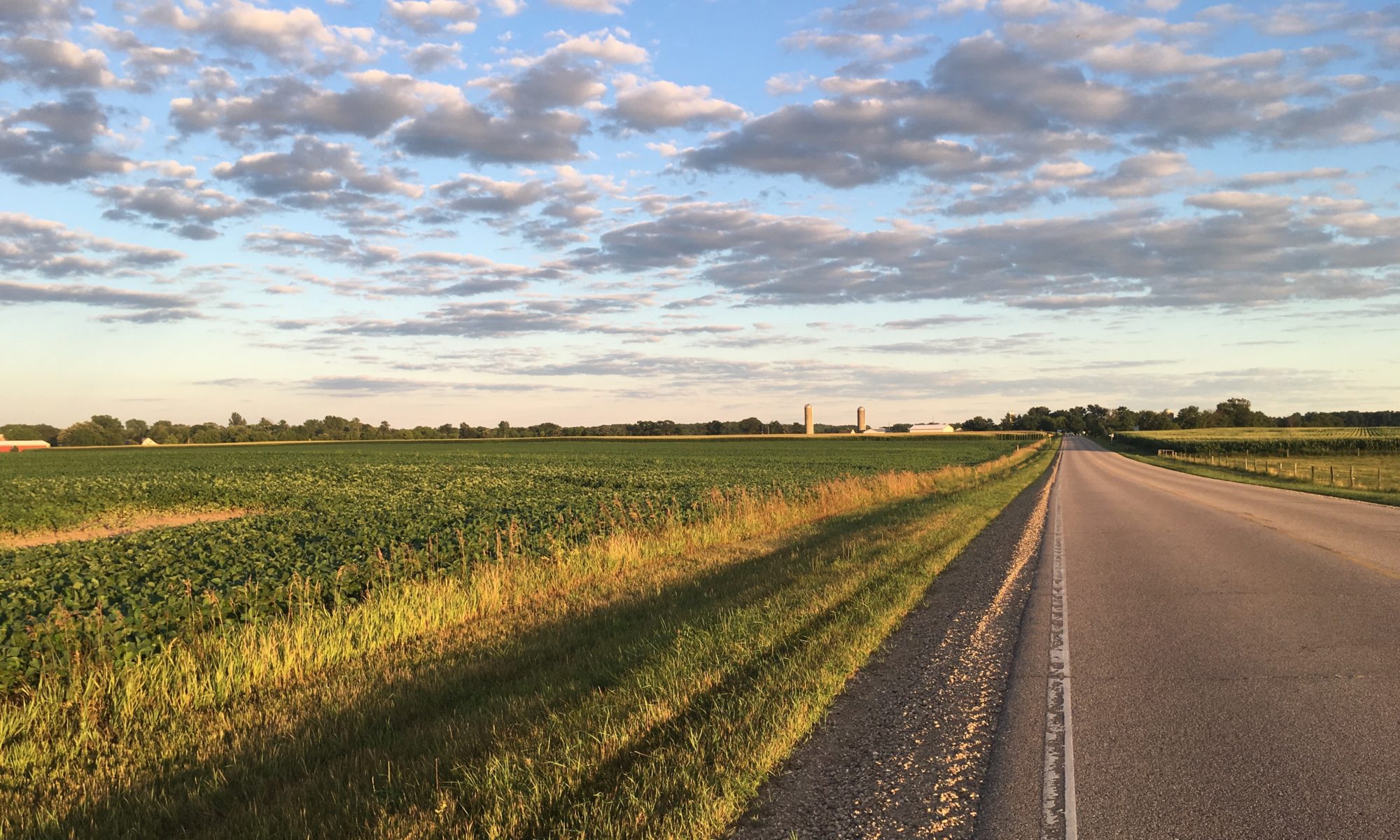Thirty days, 50,000 words, one first draft. That’s a sure-fire way to jump-start a novel.
 In a few weeks, writers from every walk of life will crack their knuckles and punch out that dreamy first line of a story that will carry them through a mass, online write-in. Coffee shops will break out the extension cords. Families will go ignored. Stories will get written, dammit, no matter what.
In a few weeks, writers from every walk of life will crack their knuckles and punch out that dreamy first line of a story that will carry them through a mass, online write-in. Coffee shops will break out the extension cords. Families will go ignored. Stories will get written, dammit, no matter what.
National Novel Writing Month.
I’m not participating this year. Several other projects demand my attention, one of those being the rewrite of a novel draft born during my first NaNo experience. Though, I won’t be a slave to the purple word-count bar this November, you will find me hunched over my laptop – crazy – this October.
That’s right. I’m doing all my mad writing this month.
I joined up with a group of authors on an anthology project, and I have it easy. I just have to write a 10,000 word story.
Just.
I’ve been sweating over this story.
So, in an effort to accentuate the “fun” part of this project, one of the authors spearheading the anthology suggested our own mini-NaNo: 10,000 words in thirty-one days. And, in true NaNo form, someone sent out a rally cry from the discussion board. I’m holding fast to that cry each time I sit down and open my file: No looking back.
. . .
Okay, that’s not entirely true. I’m sort of looking back. But only to recall the spirit of my first NaNoWriMo experience, in which I made it all the way to the 50,000 mark. If I could do that then, I can do this now. Here’s my plan (tips that apply, really, to any first-draft writing spree):
1. Start once, and stick with that beginning.
I’ve restarted this short story three times, and each restart kills my confidence. Restructuring the beginning can come later. When I get to that point, I know exactly what resource I’ll turn to: the October 2011 issue of Writer’s Digest, page 52, where Les Edgerton, Nancy Kress, and James Scott Bell talk about the first 50 pages. Their articles mainly address the novel writing process, but successful short stories and novels have a lot in common, one being powerful beginnings.
2. Write a scene at a time.
If the scene I know should come next absolutely won’t come forth, from my mind to the screen, I’ll write whatever scene is formulated in my mind. Reordering can also come later. . . . I’ll be honest here. Practicing this tip is more difficult than it sounds; I want desperately to write in a linear way. But, I also want to reach the end of the story.
3. Don’t worry about where the story is going.
Not yet. There’s plenty that must be written in order to discover the roots in a story, which keep all the characters bound together. Will Boast said it in his essay for Glimmer Train (the link to which I found on Jane Friedman’s site):
Give yourself a good deal of raw material to work with before you begin to edit.
My friend, E. Victoria Flynn, spoke of a similar idea in her comment on my most recent post, where we talked about the amount of writing we put down on paper in relation to the writing we send out into the world:
My stories wouldn’t exist…if it weren’t for [all] the chaff.
Write the chaff. Trust the process. No looking back.
I’m not kidding.
Scroll down, not up.
Forge ahead. Whether you’re about to embark on a 50,000 word journey, or are in the middle of a 700 word blog post that’s choking your muse, remember a first draft isn’t the be-all-end-all of your writing career (…this I will repeat to myself in the mirror tomorrow morning, you know).
If it’s the 50,000 journey you’re on, leave your Twitter handle. I’ll cheer for you. I have pom-poms.
Now, get moving. Get to writing.


